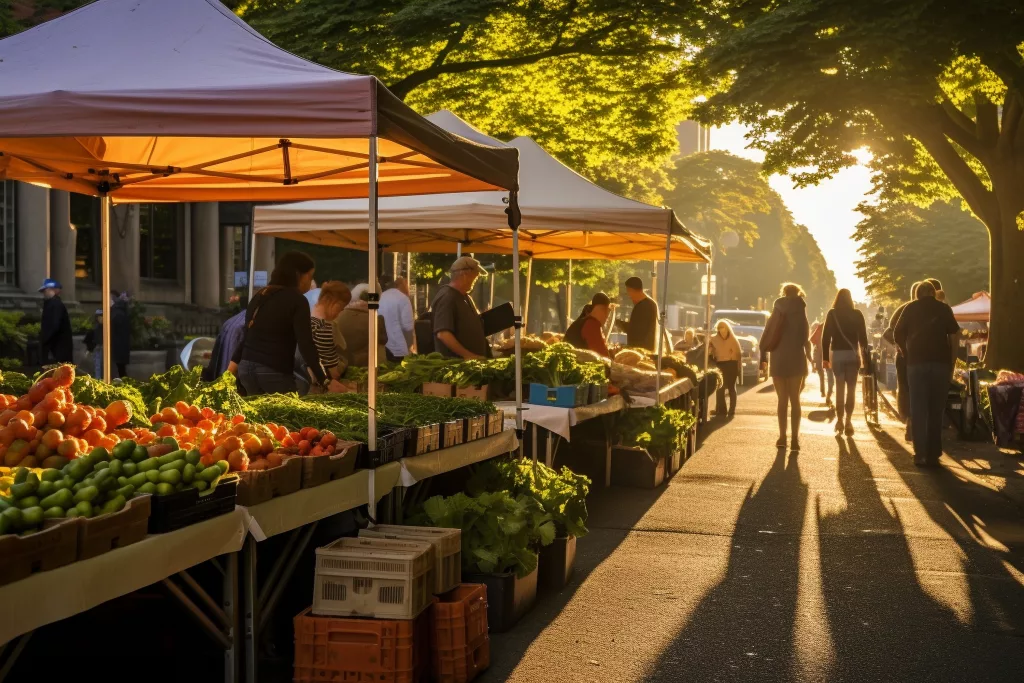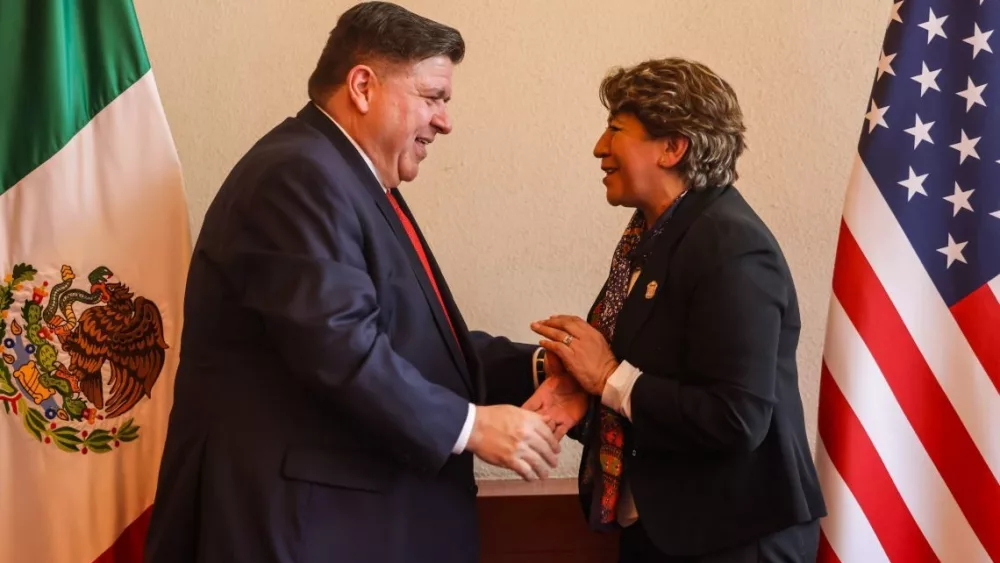Summary
National Farmers Market Week is August 4-10. More than 8,000 farmers markets in the United States create a community gathering space, address food insecurity and contribute to local economies. Illinois has 307 farmers markets. Comments from Jenny Lester Moffitt, undersecretary for marketing and regulatory programs, U.S. Department of Agriculture.
Terri Dee
Illinois News Connection
August 7, 2024
This is National Farmers Market Week, as fresh jams, jellies, fruits and vegetables draw thousands of people to more than 8,000 farmers markets across the country.
Illinois is home to 307 farmers markets, fostering a sense of community while giving consumers direct access to locally grown food.
Jenny Lester Moffitt, undersecretary for marketing and regulatory programs at the U.S. Department of Agriculture, said farmers are able to connect directly with consumers.
“In the past few years, we’ve seen different issues with supply chains,” Moffitt pointed out. “Farmers markets have been able to really serve as a critical connectivity point for farmers, to be able to have different places that they can sell their product.”
The Illinois Farmers Market Association provides educational support for farmers, vendors, and other community food and nutrition organizations. According to the Illinois Department of Agriculture, the state’s farmers produce soybeans, wheat, oats, fruits, and vegetables, generating more than $51 billion in annual revenue.
The USDA supports National Farmers Market Week as new opportunities for local producers and consumers by investing in local economies. Moffitt explained farmers markets play a role in what the agency describes as “direct farm to institution.”
“Having farmers to be able to sell directly, farm to school, farm to hospital and even farm to food banks is a really critical thing,” Moffitt asserted.
Moffitt added farmers receive seven times the food dollar at markets over selling into traditional market streams. She said the USDA has invested more than a billion dollars in local food purchase assistance for school programs to empower communities and states to be able to buy more food.





